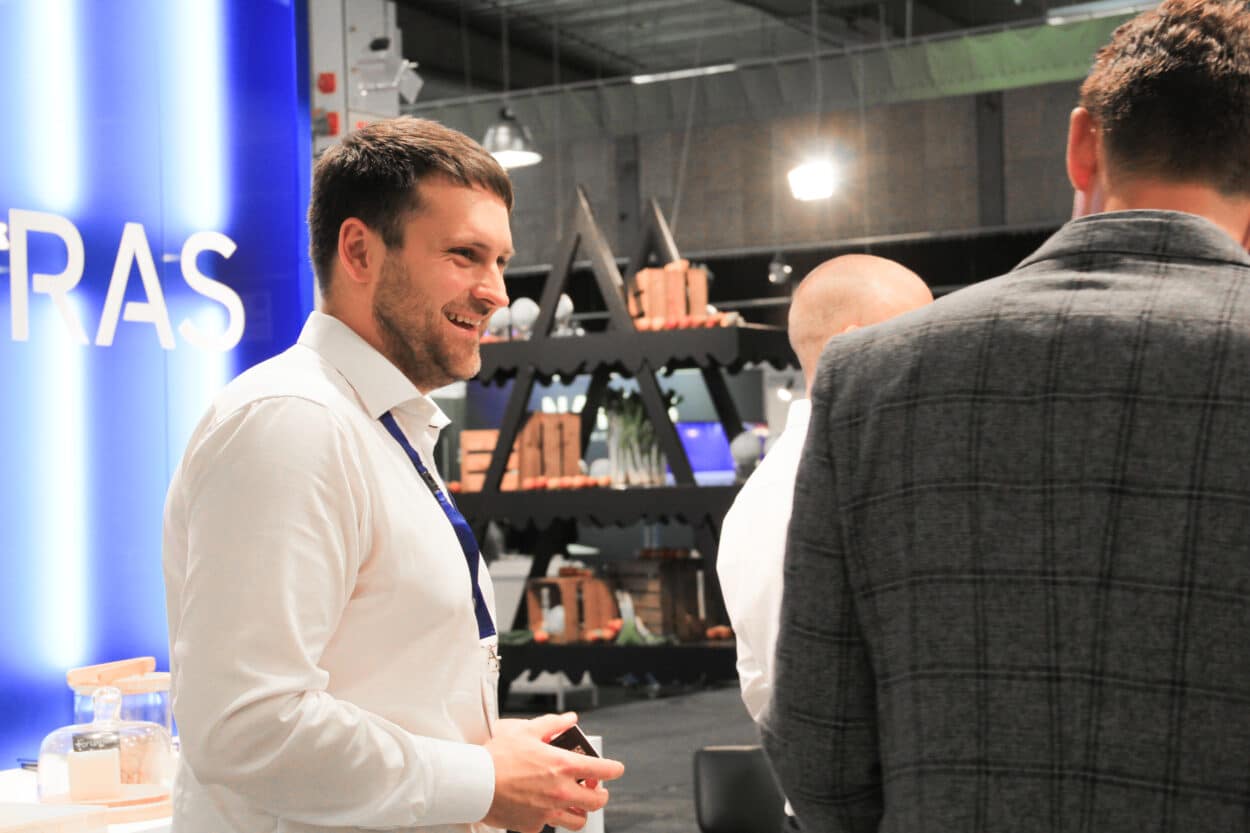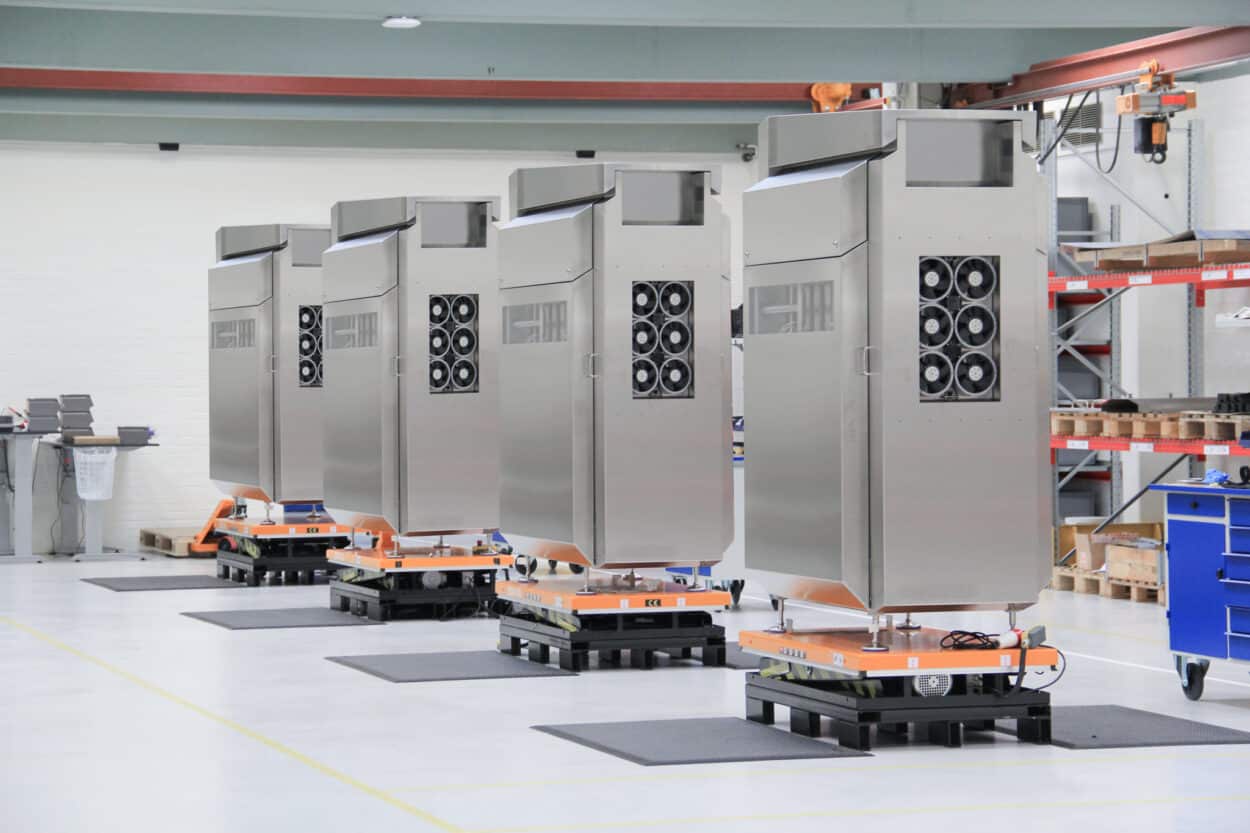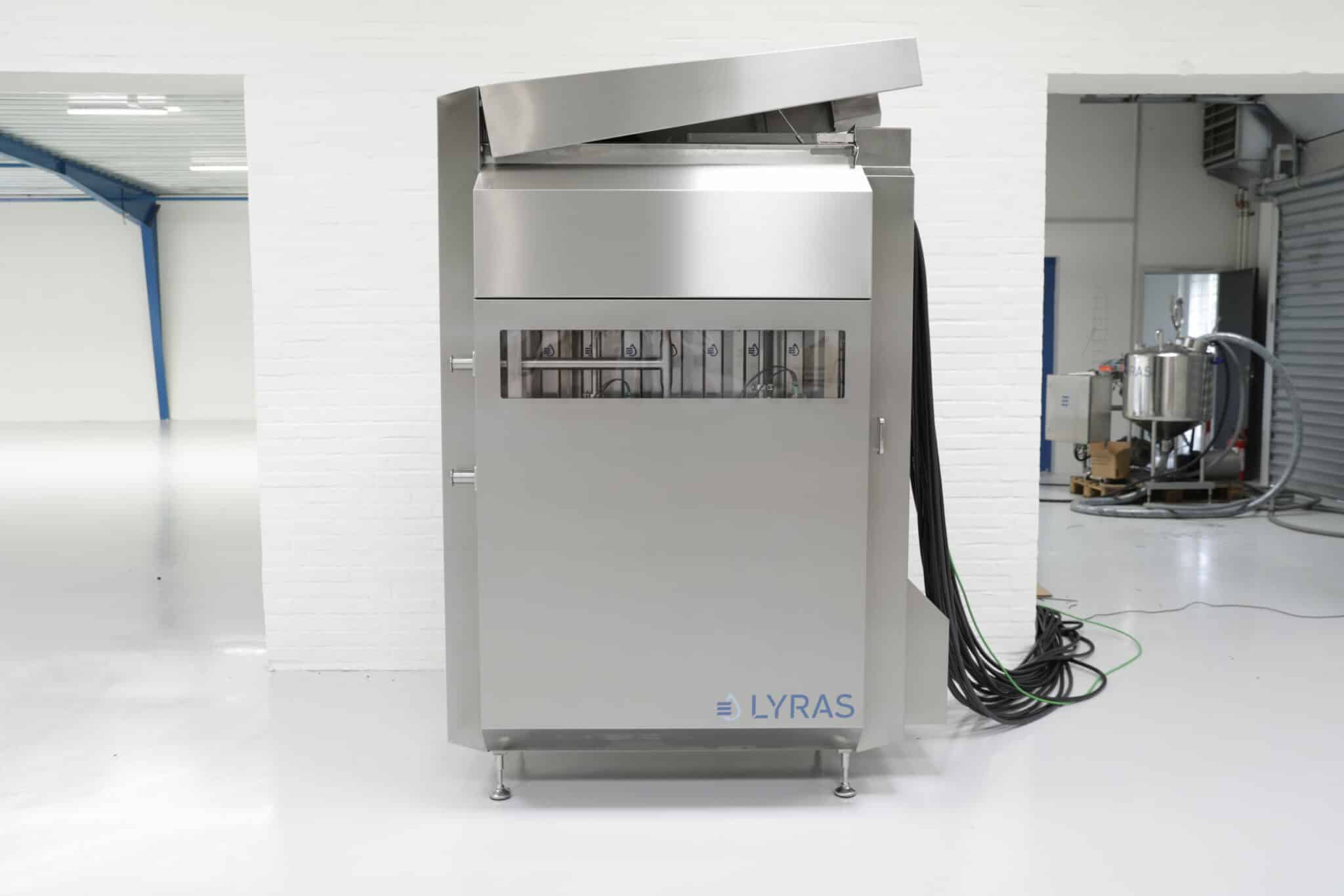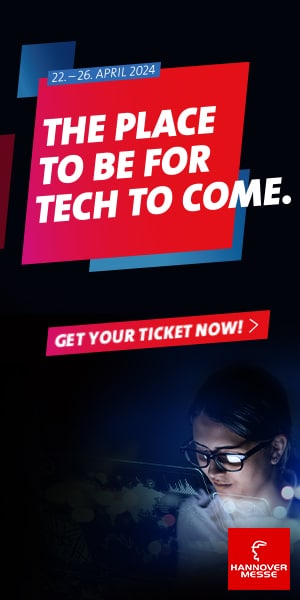Pasteurization is a widely used process in the food and beverage industry to make products safe for consumption by killing the bacteria and microorganisms present in them. Traditionally, heat has been used for this purpose. This process requires a lot of energy and water, and can also affect the quality of the product by damaging the nutrients and vitamins. However, Danish company Lyras has developed a new technology for liquid pasteurization using UV lights. Raslysation could overcome these challenges and offer several advantages over traditional methods.
Pasteurization was discovered in France in 1865 by Louis Pasteur. It consisted of a heat treatment to eliminate bacteria in wine. The method was then applied to other liquids and has been used since then to preserve milk, juices, etc.
Raslysation, an innovation created by Lyras in 2017, employs UV light instead of heat to eliminate unwanted microorganisms in liquid foods, such as whey, fruit juices, and herbal beverages, and to prolong their life.

UV Light
This technology utilizes ultraviolet light sources in combination with a turbulent flow pattern to achieve its purpose. Raslysation, similar to traditional pasteurization, aims to neutralize microorganisms that cause spoilage or pose a health risk. The microbiological elimination process in raslysation functions in the same manner as pasteurization: UV light modifies the DNA of microorganisms, which alters their metabolism and reproduction, leading to their demise.
According to Ruben Andreas Riksted, co-founder of Lyras:
“Raslysation utilizes a specific wavelength of UV light to cut the DNA of the bacteria and microorganisms present in the liquid, effectively killing them without the use of heat. This not only saves energy but also preserves more of the taste, quality, and nutritional value of the product.”
According to the company, their technology is highly efficient, with a 60% to 90% reduction in energy consumption depending on the type of liquid being treated. It also eliminates the need for a lot of water for heating and cooling, thereby reducing the use of chemicals and water for cleaning the equipment.
“ We can reduce water consumption by 60-80 %.”
Up to 32,000 Liters Per Hour
The equipment is composed of a UV lamp, a filter, and a coil.
By utilizing the coil, a spiral flow can be generated to ensure that all particles in the liquid make contact with the external surface of the pipe and consequently come into contact with the light that eliminates bacteria. A filter positioned between the lamp and the coil eliminates all the light wavelengths that are irrelevant to the process.


“We have constructed the technology in a way that ensures the light shines on the entire volume of the product. We are using a very specific wavelength, the 254-nanometer wavelength, that inactivates bacteria. Our unique light filter only allows the desired wavelengths that inactivate unwanted microbial content to pass through.”
Lyras’ UV light pasteurization technology is available in three different types of equipment, depending on the opacity and sensitivity of the liquid being treated. The flagship equipment can be used for any type of product, while another machine is designed for less sensitive products like juices. The pilot plant is used for testing and optimizing the process for different products.
“Another advantage of our equipment is that it takes less space than current equipment. We have a unit and then we have a feed unit on it to make sure that you get the right flow through the equipment. And that’s it.”
The machine works for a wide range of flows. Depending on the liquid you want to put through the machine, it has different capacities.
“When you have a liquid where light penetrates very easily like salt brine we can do around 32,000 liters per hour. If the light has a harder time penetrating the product, like milk the capacities are lower, around 7,000 liters per hour.
Various Applications
The technology has been commercialized since 2020 and has already found applications in various industries. The dairy industry was one of the first customers to adopt the technology, specifically for brine treatment in cheese production. The technology has also been implemented in one of the Danish cheese plants of Arla Foods.

The technology is also being used in the animal feed industry to treat blood plasma and in the production of apple and orange juices. Work is also being done to treat wine and thereby remove the need for sulfites in the wine.
UV light pasteurization technology is not only limited to the food and beverage industry but also has applications in non-food industries. Novozymes, a world leader in enzyme production, has bought the technology to treat their enzyme products and ensure they are free of bacteria.
Future Developments
The technology is gaining interest globally, and France, Italy, Spain, and North America are among the key markets that the company is targeting for expansion.
“So far we were focused on the Scandinavian market where we are from. But France is going to be one of the big markets in 2023. There is a lot of interest in our technology, people are very much interested in the sustainability aspect.”
Regarding the price, the company says the equipment is a bit more expensive than traditional pasteurization equipment, but due to resource savings, less waste, and higher uptime, the return on investment is quite low.
“The real difference is with the amount of energy and water that you can save. You can earn your money back within 1,5 and 3 years. It’s a very short ROI. We have a calculation tool that potential customers can use. They put in 4 pieces of information and with that data we can give them a rough estimate of how much money they can save on a yearly basis, how much energy, how much C02.”
Another area of development for Lyras is around handling greater flows, above 32,000 liters. The company is also looking into new products to treat, including eggs and beer.











